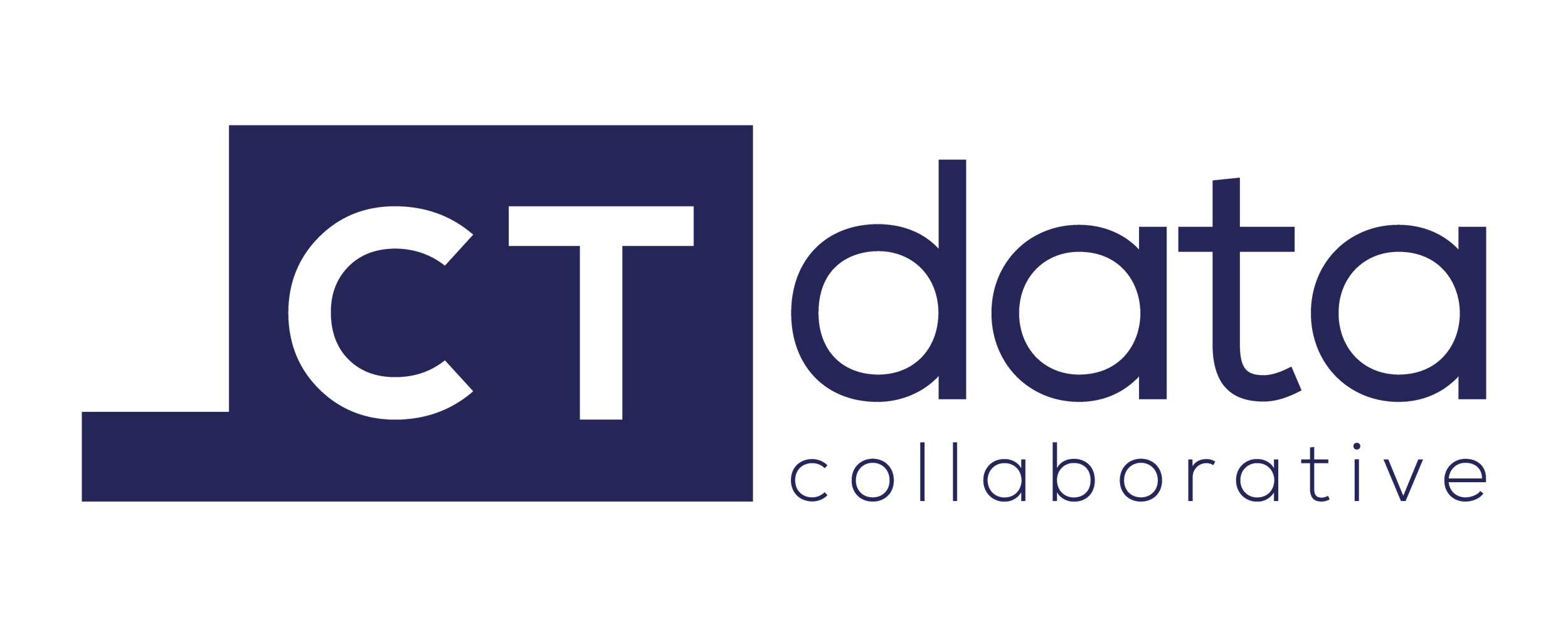The impact of the government shutdown, the longest in history and entering its 26th day, is extensive—from food safety worries to tax return concerns to many individuals and families struggling without paychecks. An often overlooked government function that has ceased operating in many cases is the collection and dissemination of public data. How will the shutdown affect the government’s efforts?
Read MoreThe Hartford Courant published an op-ed written by Michelle Riordan-Nold about the importance of the 2020 Census for the State of Connecticut. In case you missed it, we've published the article.
Read MoreToday, the U.S. Census Bureau, released the latest American Community Survey (ACS) 5-year estimates (2013-2017). These data are the only data available at the census tract and municipal level for Connecticut. We have created a tool that enables you view changes for: median household income, population estimates, population without health insurance, poverty status, and median rent. (User beware: when comparing data overtime using ACS 5-year estimates, only use non-overlapping time periods.) CTData has over 50 ACS datasets that we process and curate and will be updating these datasets over the next couple weeks.
Read MoreOur Census 2020 Kickoff is less than a week away! View the agenda above to get a sneak preview of the day's events.
Read MoreThe State’s Chief Data Officer has submitted the Draft State Plan in response to PA 18-175. Click here for the plan. A public hearing will be held, November 15 at 10am at the Legislative Office Building. This will be the last opportunity for public input on the plan. The Data Analysis and Advisory Board has 30 days from today to submit comments on the plan. A final plan will be delivered by December 31, 2018.
Read MoreData Engagement Specialist, Connecticut Data Collaborative (CTData)
Read MoreThe Connecticut Data Collaborative (CTData) has been designated as the lead organization in the U.S. Census Bureau’s State Data Center Program and Connecticut’s official source for Census data, as the state and nation approach the 2020 Census. The designation was made on behalf of the State of Connecticut by Governor Dannel Malloy, and is effective immediately.
Read MoreMichelle Riordan-Nold, Executive Director of the Connecticut Data Collaborative, has been appointed by Senator Looney to serve on the newly formed Connecticut Data Analysis Technology Advisory Board.
Read MoreIlya Ilyankou has joined the Connecticut Data Collaborative as a Civic Technologist. Ilyankou graduated from Trinity College in Hartford in 2018 with a Bachelor of Science degree and a double major in Computer Science and Studio Arts. He also spent a year abroad at Oxford University, where his studies included machine learning, artificial intelligence, and data visualization.
Read MoreThe IRS has released Migration Data for 2015-2016. These data look at year-to-year address changes reported on individual income tax returns. These data track state and county level in and out flows of tax returns along with providing aggregate Adjusted Gross Income (AGI). A net-migration number for states and counties can be calculated looking at the difference between the inflows and outflows.
Read MoreTune in Sunday morning at 5:30am to WTIC News Talk 1080 to hear, Michelle Riordan Nold, talking about data with Ann Baldwin and Lisa DeMattais-Lepore from The Connection.
Read MoreFrom July 1, 2016 to July 1, 2017:
Connecticut's net population grew by an estimated 499 people.
Stamford tops the list as the town with the highest numeric increase of people, estimated at 1,170 people.
While Bloomfield had the highest percent increase from 2016 to 2017, with a 3.9% increase.
The Urban Institute and the Robert Wood Johnson Foundation designed this challenge grant to encourage communities to delve into the 500 Cities open-access dataset, to design innovative solutions on social factors that influence health, and to guide local organizations on how to effectively use neighborhood-level data. The broader goal is to promote more comprehensive cross-collaborative approaches to foster a broader “Culture of Health” in urban areas.
Read MoreI'm re-posting an older post where we were looking for support for HB 5517. Great news, the legislation was passed on the last night of the session! Thank you to everyone who advocated, testified, and wrote letters to their legislators. We are excited about the components of the legislation (there's more than only codifying EO#39). Join our open data call on Tuesday from 3-4 to learn more from the State's Chief Data Officer, Tyler Kleykamp.
Read MoreOn our monthly open data calls, we have provided updates on data in the news and the biggest newsmaker by far has been Census 2020. Besides the challenges the Census Bureau has faced in maintaining their federal funding and finding new leadership, a recent hiccup has put the accuracy of the Census 2020 count in jeopardy.
Read MoreOpioid deaths have doubled and tripled in some towns in Connecticut in only six years. Bridgeport, New Haven, Waterbury, and Hartford have the highest rates per population. However, many smaller towns have seen their rates of death triple as well.
Read More
